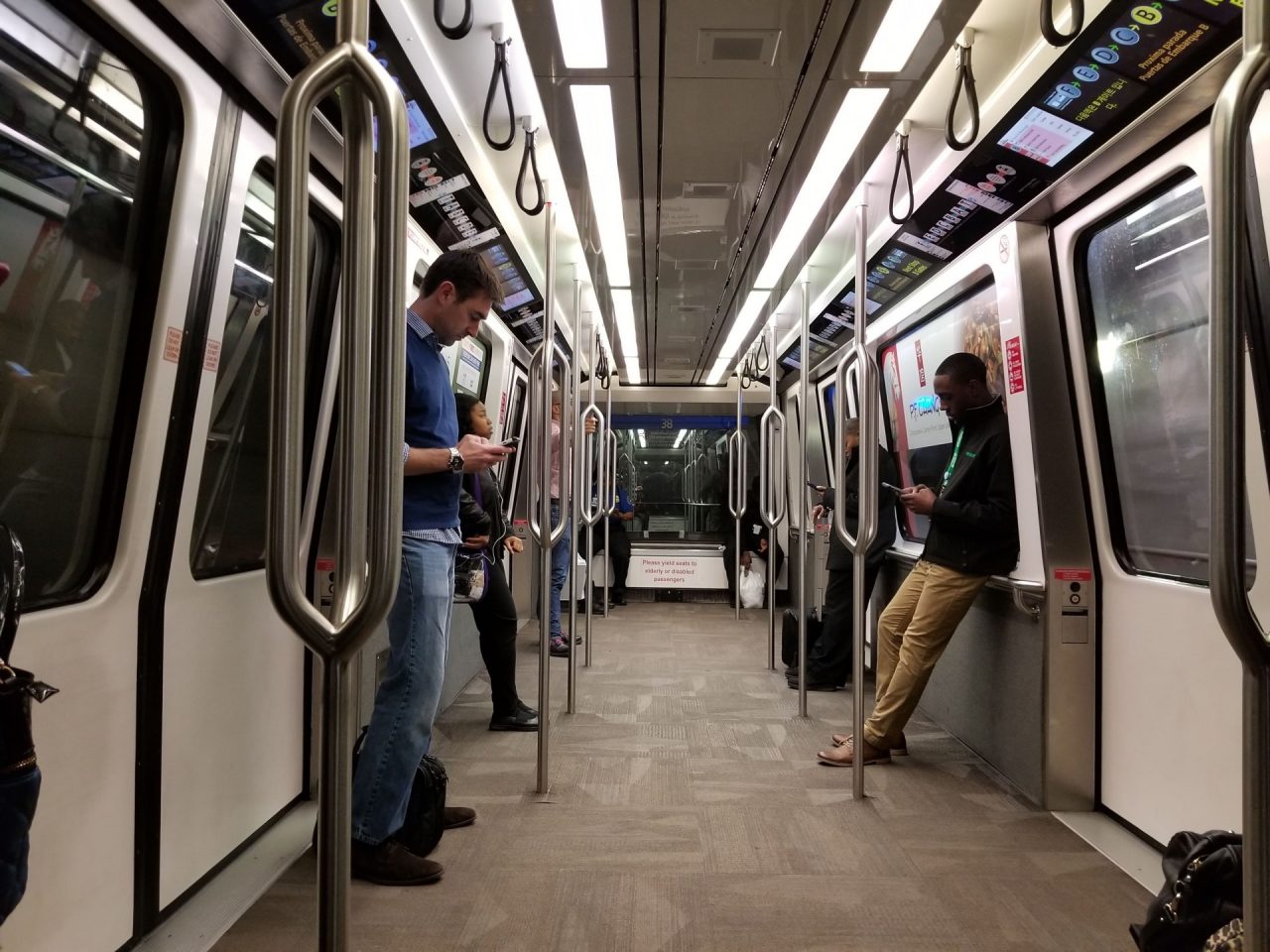Atlanta is breathing, changing and growing. According to the Atlanta Regional Commission, by 2050, an additional 2.9 million people will come to call the capital of Georgia home. Today, there are 5.7 million residents in the metropolitan area, the great urban conglomerate that was built around the historical and financial center, the key districts of Downtown, Midtown and Buckhead, various prestigious universities, and Morehouse College, the alma mater of Martin Luther King, Jr.
But Atlanta’s magnetism is due in large part to its geographical position, which is strategic compared to other major American metropolises (New York, Washington D.C., Miami and Boston come to mind). This quality has transformed Atlanta into an infrastructure hub, ideal for making flight, road and rail connections.
In addition to the Hartsfield-Jackson International Airport, long one of the country’s busiest, Atlanta is served by a dense network of highways and railways that connect it with the rest of the United States.
But all this is just a starting point, according to city authorities, who are now aiming to revive the transport network and shake up the city’s lifestyle. In the process, they will transform Atlanta into one of the country’s most sustainable cities.
A city born on the railroad tracks
The first housing settlement of what would become the city of Atlanta dates back to 1837, when a group of settlers decided to build their homes at the intersection of two railroads.
And so the city was born. Today’s metropolis built its fortune on transportation: Atlanta now boasts the ninth largest public transport system in the United States.
Today, the mayor and city administration are aiming for transport infrastructure to become the backbone of the smart, sustainable Atlanta of the future.
To this end, a $173 billion (€146 billion) Atlanta Region’s Plan has been approved in a push to modernise the city transport system, from the airport to the railway and metro. The plan will be financed with a combination of federal, state and local funds.
A portion of the funds will be allocated to upgrading the city subway, a cornerstone of urban development plans that begin with station renovations.
The Metropolitan Atlanta Rapid Transit Authority (MARTA) recently signed an agreement with the Goldman Sachs Urban Investment Group (Goldman Sachs Group). The latter will invest $100 million (€84 million) to modernise 38 MARTA subway stations and 12 Atlanta Streetcar light rail stops.
“MARTA has long been focused on not only moving people throughout the region but in improving the communities we serve. This partnership with Goldman Sachs supports our ongoing mission to provide equitable access to jobs, education and affordable housing,” said MARTA General Manager and CEO Jeffrey Parker. “The initiative helps boost development in the communities around our rail stations and lays the groundwork in advance of other planned transit projects.”

Smart highways for the “new Atlanta”
One of the strategic pillars of the Atlanta Region’s Plan concerns the modernization of the highway and road network. $27.3 billion (€23.1 billion) will be set aside for the construction of new roadways to increase highway traffic capacity. This will involve all the most important highways that reach the city, particularly the major highway intersection. Overall congestion rates and the travel time required to both arrive in and move across the city will be reduced.
In addition to building new highways, the administration’s plan also aims to modernise them in a sustainable and technology-driven way. Like many other city infrastructures, the road network is slated to become “smart”. One of the first initiatives will be placing sensors on the roads to communicate traffic and weather conditions to motorists.
The application of smart technologies to city infrastructure will cover Atlanta’s entire street network, a project conducted in collaboration with specialized companies including Georgia Power, AT&T and Current, a branch of GE (General Electric).
Maintaining infrastructure: an investment in the future
Maintenance is a central theme in Atlanta’s development projects. Since the metropolis is known the world over for its infrastructure network and its status as a transport hub, protecting existing assets serves as “insurance” for successful implementation of the plan.
Indeed, 59% of the funds outlined in the Atlanta Region’s Plan ($102 billion, or €86 billion, of the total $173 billion) will go toward maintenance of large-scale local infrastructure: roads, bridges, buses, railroads and subways.
The Atlanta of the future, born at the intersection of two railways, is turning toward infrastructures – both pre-existing ones and those yet to be built. Maintaining current assets and building new ones will be a key challenge for Atlanta as it prepares for the peaceful “invasion” of the millions of people expected to start calling the capital of Georgia home.

